News
Top 10 most dangerous animals in Hawaii
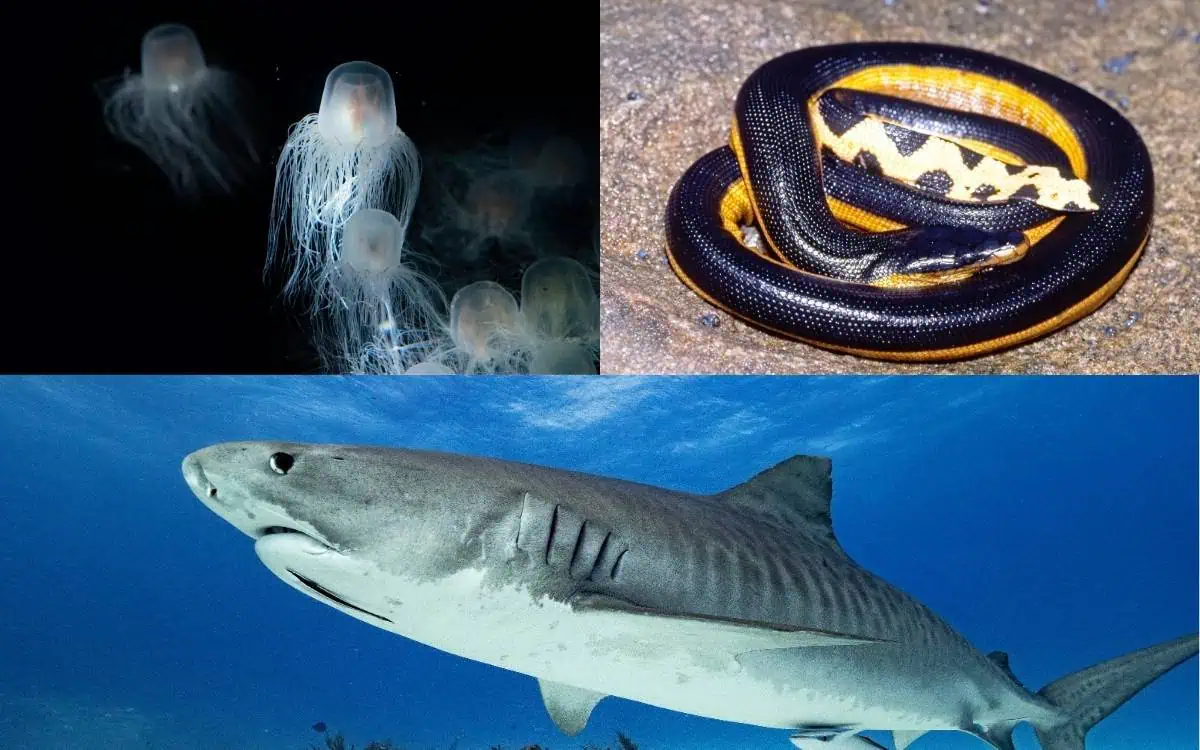
Hawaii is known for its stunning beaches, lush landscapes, and unique wildlife. However, this tropical paradise is also home to some potentially dangerous animals. Whether visitors are hiking through the islands’ lush jungles, swimming in the crystal-clear ocean, or simply exploring the local flora and fauna, it’s essential to know about the top 10 most dangerous animals in Hawaii.
This guide provides insight into these creatures, including tips on how to stay safe while enjoying Hawaii’s natural beauty.
1. Box jellyfish
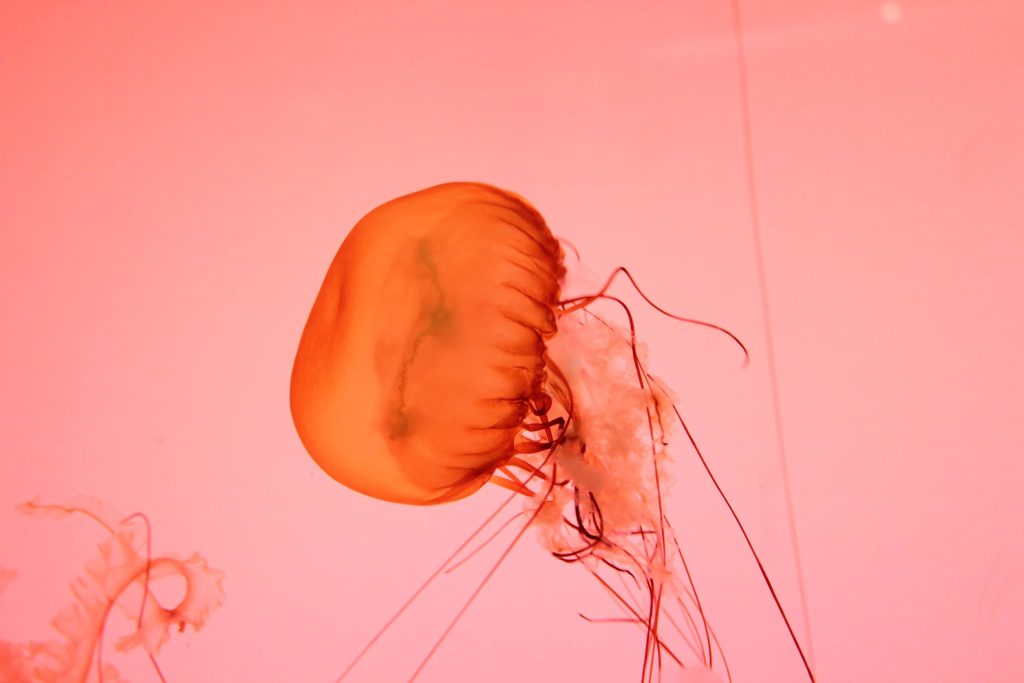
Box jellyfish are found in Hawaiian waters, particularly along the southern shores of Oahu. Known for their painful and sometimes life-threatening stings, these jellyfish are most commonly seen 8-10 days after a full moon.
Danger: The venom from a box jellyfish sting can cause severe pain, respiratory distress, and in extreme cases, cardiac arrest.
Safety tips: Avoid swimming during box jellyfish season and check local beach advisories. If stung, seek immediate medical attention.
2. Tiger shark
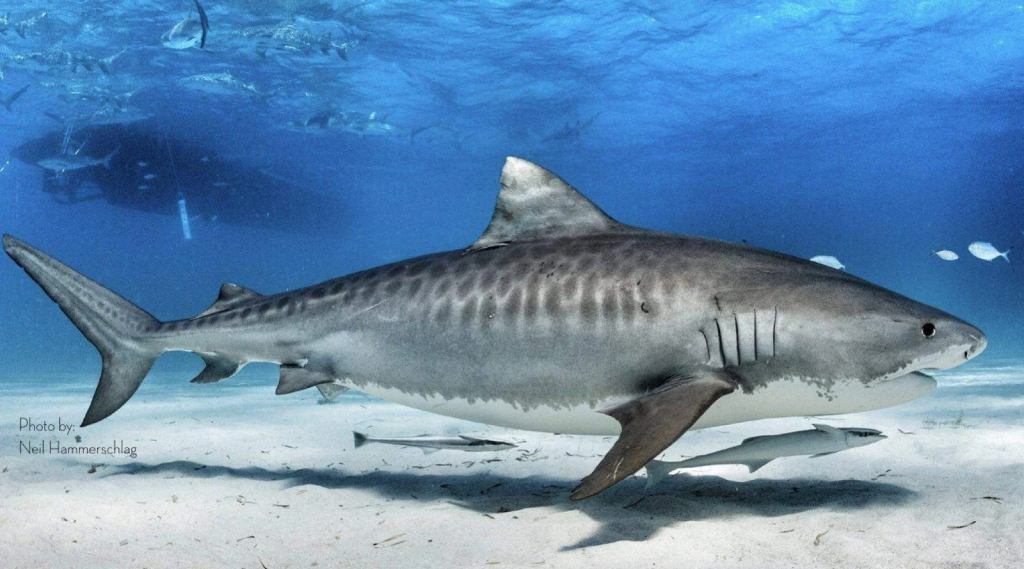
The waters around Hawaii are home to various shark species, but the tiger shark is one of the most dangerous. Tiger sharks are known for their size, strength, and occasional attacks on humans.
Danger: Tiger shark bites can result in serious injury or, in rare cases, fatalities.
Safety tips: Avoid swimming in murky water, near fishing areas, or at dawn and dusk when sharks are most active. Always follow local beach warnings.
3. Giant centipede
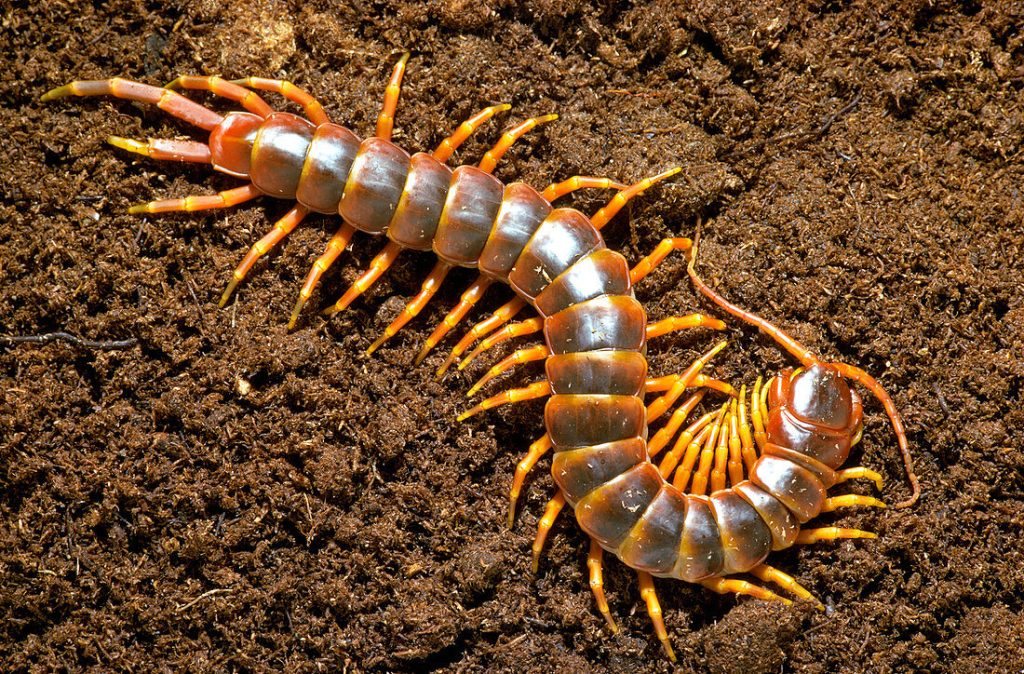
Hawaii’s giant centipedes, particularly the Vietnamese centipede, can be quite aggressive and are known for their painful bites. These centipedes can reach lengths of up to 12 inches and are commonly found in gardens, under rocks, or even indoors.
Danger: A giant centipede’s bite can cause intense pain, swelling, and, in some cases, allergic reactions.
Safety tips: Be cautious when moving rocks or debris, and wear shoes outdoors. If bitten, clean the wound and seek medical attention if symptoms worsen.
4. Portuguese man o’ war
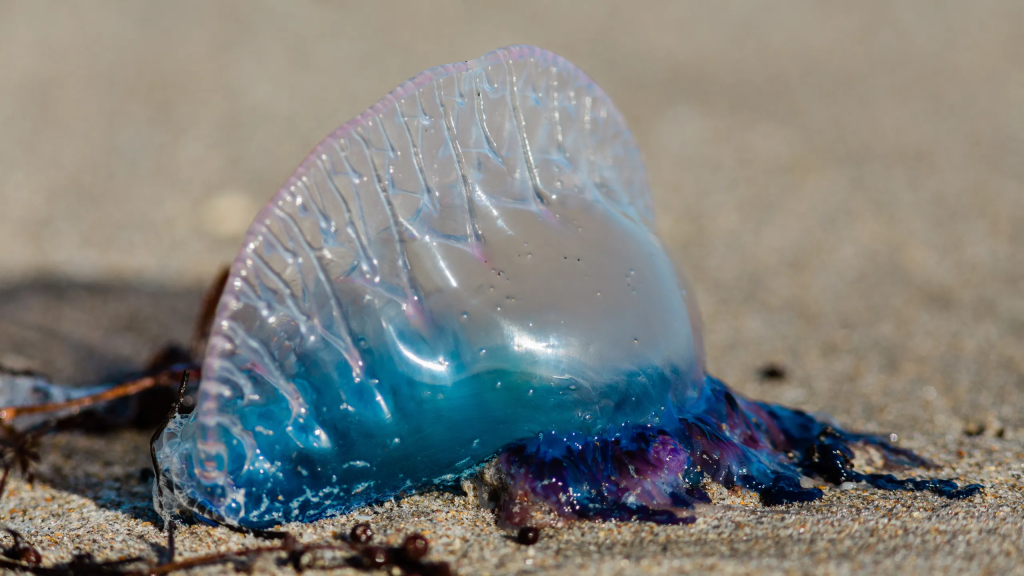
Often mistaken for jellyfish, the Portuguese man o’ war is a floating siphonophore found in Hawaiian waters. Its long tentacles contain venomous nematocysts that deliver a painful sting.
Danger: Stings can cause severe pain, red welts, nausea, and, in rare cases, respiratory issues.
Safety tips: Avoid swimming when Portuguese man o’ war are spotted on the beach. If stung, rinse the affected area with vinegar and seek medical assistance if necessary.
5. Hawaiian monk seal
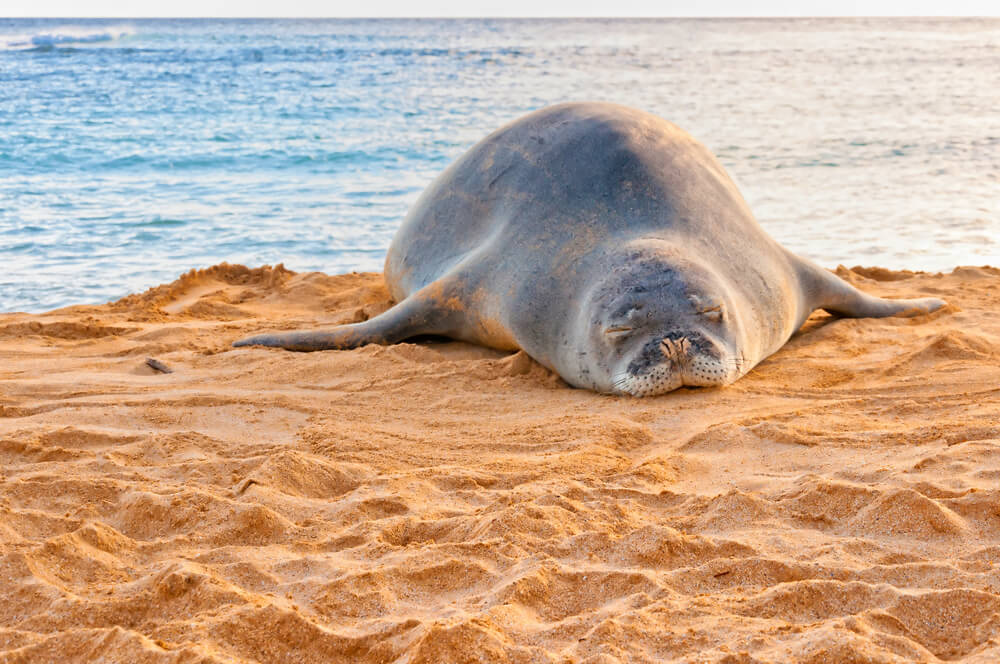
While not typically aggressive, Hawaiian monk seals can become dangerous if they feel threatened. These endangered animals are often found resting on beaches and should be given plenty of space.
Danger: Monk seals may bite if they feel cornered or provoked.
Safety tips: Stay at least 50 feet away from resting seals and avoid disturbing them. It is also illegal to touch or harass monk seals due to their endangered status.
6. Yellow-bellied sea snake
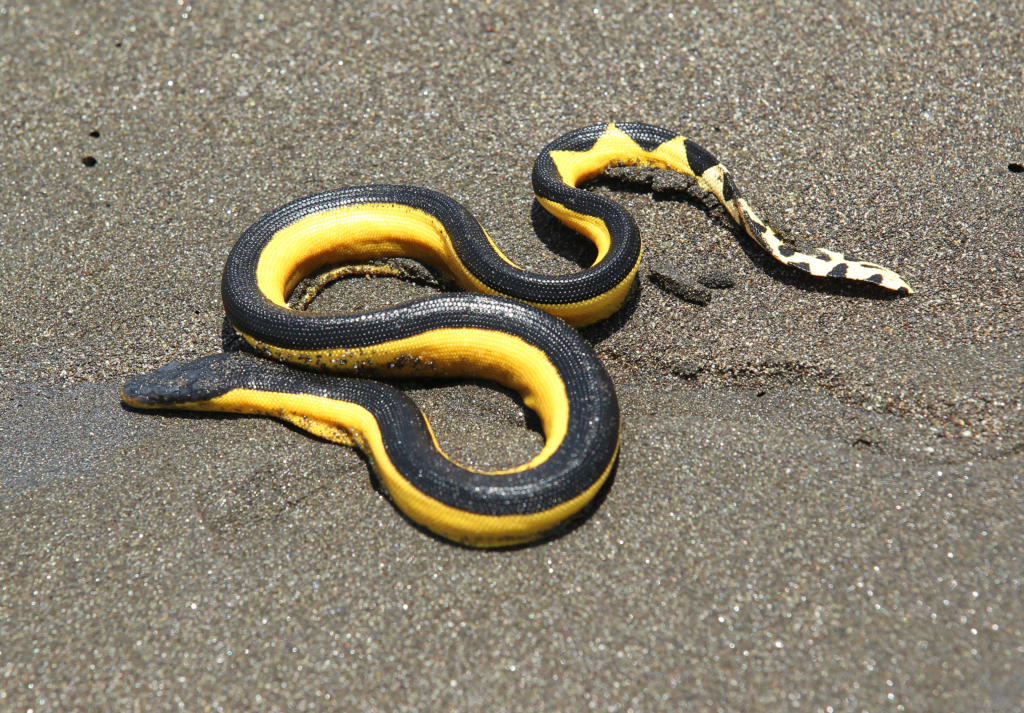
Rarely spotted around Hawaii, the yellow-bellied sea snake is highly venomous. It spends most of its life in the ocean and can sometimes be found in Hawaiian waters, particularly after strong currents or storms.
Danger: Although they rarely bite, the venom of a yellow-bellied sea snake is extremely potent and can be fatal.
Safety tips: If you see a sea snake while swimming or diving, keep your distance and avoid provoking it.
7. Black widow spider
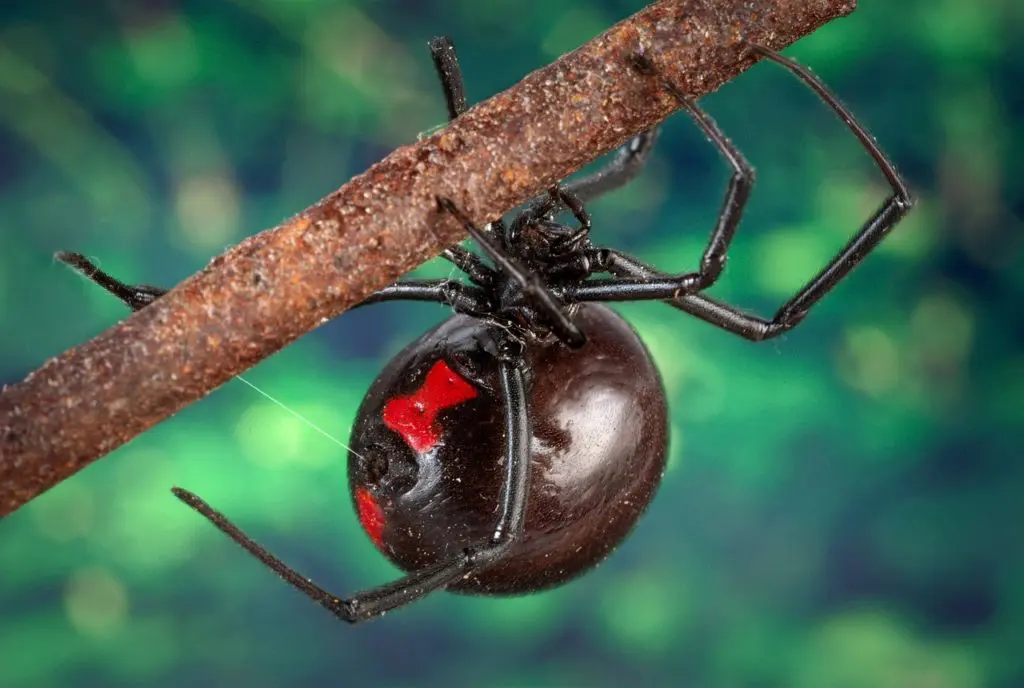
While not native to Hawaii, black widow spiders have made their way to the islands. Known for their venomous bites, black widows are typically found in dark, sheltered areas like sheds or basements.
Danger: A black widow bite can cause severe muscle pain, cramps, and, in some cases, nausea and breathing difficulties.
Safety tips: Wear gloves when working in areas where spiders may hide, and be cautious when reaching into dark or undisturbed places.
8. Cane toad
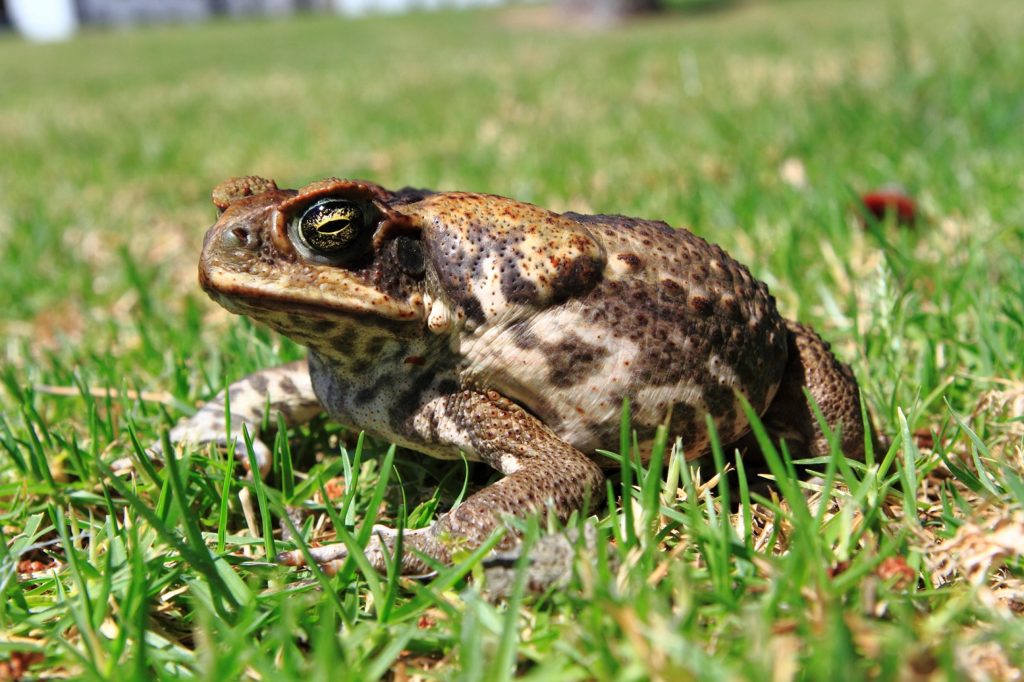
Cane toads were introduced to Hawaii to control insect populations, but they have become a threat to pets and wildlife due to the toxins they secrete. These toxins are particularly dangerous if ingested.
Danger: The toxins from cane toads can be fatal to pets and harmful to humans if ingested or touched.
Safety tips: Keep pets away from cane toads, and avoid handling them with bare hands.
9. Hawaiian scorpion
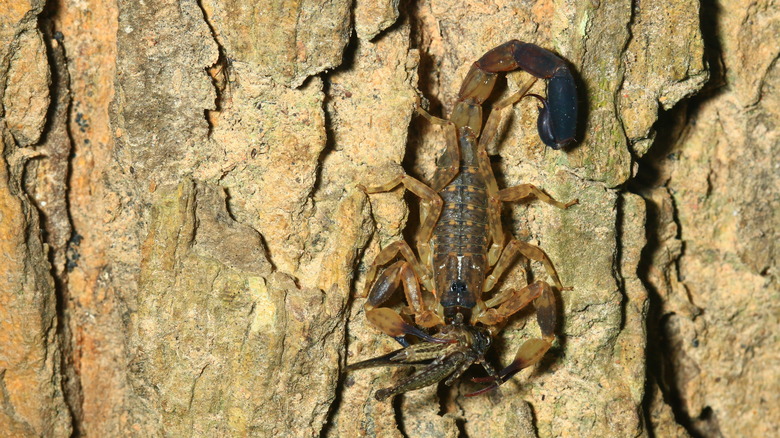
Though not as venomous as their mainland counterparts, Hawaiian scorpions can deliver a painful sting. They are often found in dry areas, such as lava fields, and may seek shelter in homes.
Danger: A scorpion sting can cause pain, swelling, and mild discomfort.
Safety tips: Wear shoes when walking in dry areas and check shoes or clothing that has been left on the floor. If stung, treat with ice and seek medical attention if symptoms worsen.
10. Feral pigs
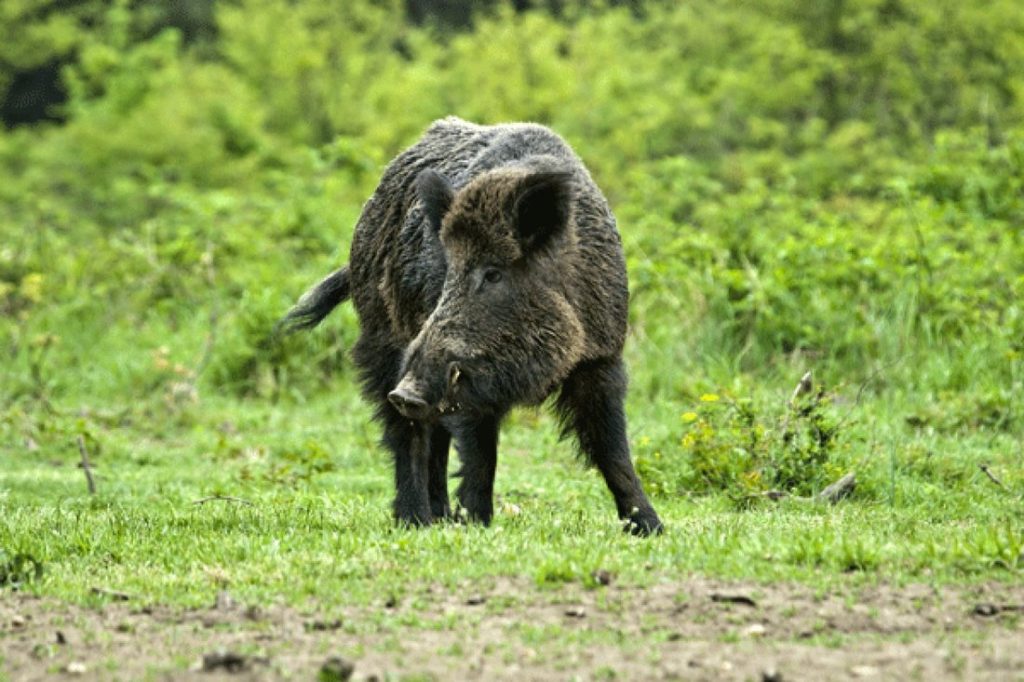
Feral pigs are a significant problem in Hawaii, particularly in rural and forested areas. They can be aggressive if they feel threatened, especially if they are protecting their young.
Danger: Feral pigs can cause serious injuries with their tusks and have been known to attack when approached.
Safety tips: Avoid hiking alone in areas known to have feral pigs, and make noise to alert animals of your presence. If you encounter a feral pig, back away slowly and avoid sudden movements.
Final thoughts: Staying safe around Hawaii’s wildlife
While Hawaii’s natural beauty is captivating, being aware of the top 10 most dangerous animals in Hawaii can help visitors and locals alike stay safe. From venomous creatures in the ocean to aggressive wildlife on land, understanding potential hazards allows for better preparation.
By respecting these animals and following safety guidelines, everyone can enjoy Hawaii’s incredible landscapes and wildlife responsibly. Also, here are some similar articles that you might find useful:
